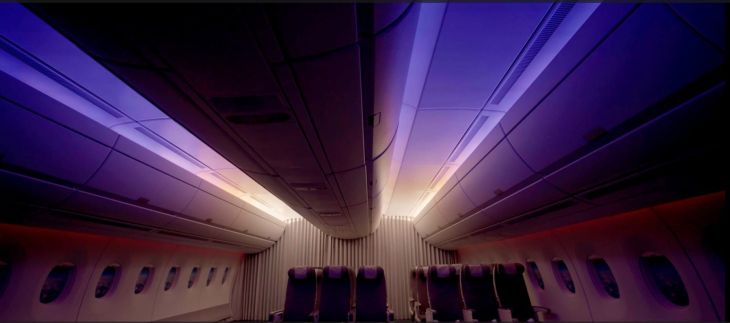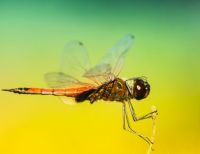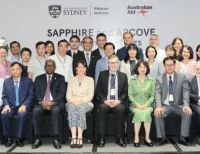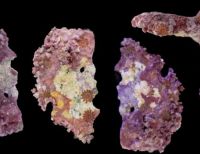Cabin lighting inspired by the colours of the Australian landscape and grounded in circadian science will be on Qantas’ upcoming Project Sunrise ultra-long-haul flights to help minimise jet lag and improve customer wellbeing.
The design, which includes simulations of sunsets and sunrises, is a result of more than 150 hours of testing in the Airbus Customer Definition Centre in Hamburg, where representatives from the University of Sydney’s Charles Perkins Centre, Qantas, Airbus and Caon Design Studio created and tested hundreds of lighting patterns and sequences in an Airbus A350 cabin mock-up.
Light plays an important part in controlling our body clocks. By manipulating the timing, strength and wavelengths of light during a flight, it is possible to help passengers adapt to a destination’s time zone while in the air and reduce jetlag.
Last year Qantas and the Charles Perkins Centre released preliminary findings from the world-first research flights on how optimising the timing of light, meals, and exercise in-flight affects jetlag. Now they are going one step further by adjusting the colour of light.
“It’s great to see circadian science being translated into practice,” said Associate Professor Sveta Postnova, an expert in circadian modelling at the Charles Perkins Centre and the School of Physics.
“The new lighting scenarios for the A350 were developed to optimise the circadian effects of light at different times during flights while accounting for the light appearance, ambience, safety, and hardware requirements on board. It was a true collaborative effort.”
















